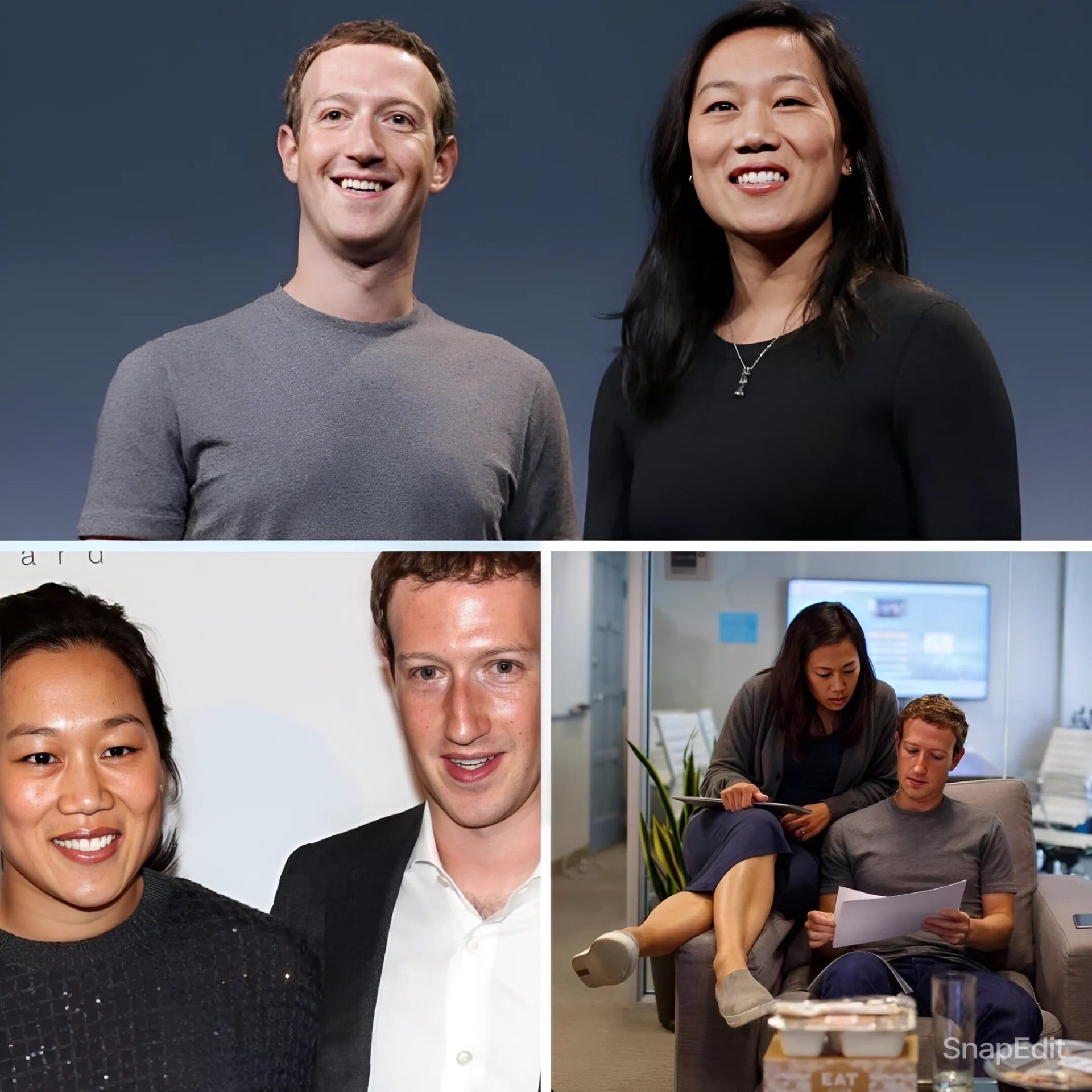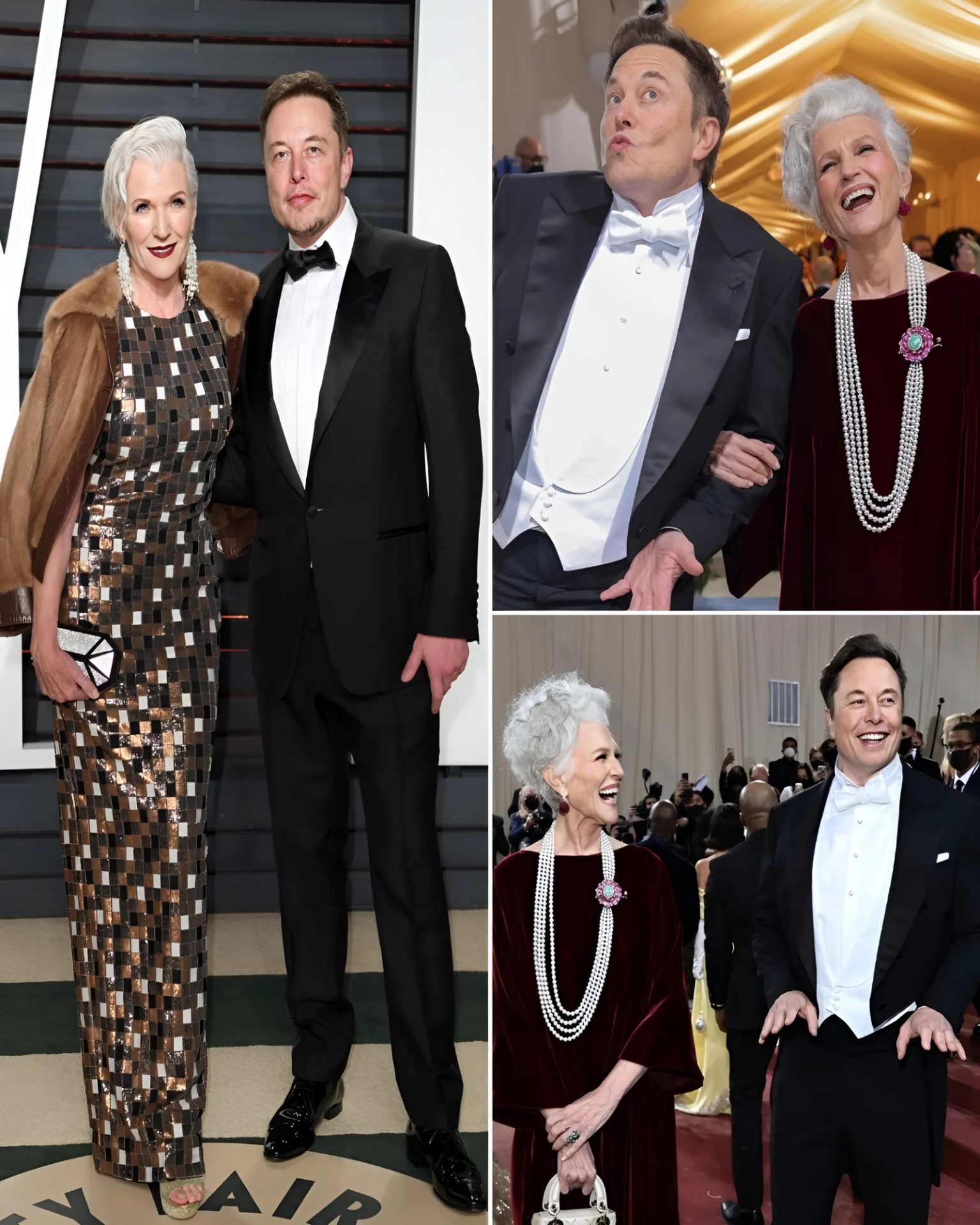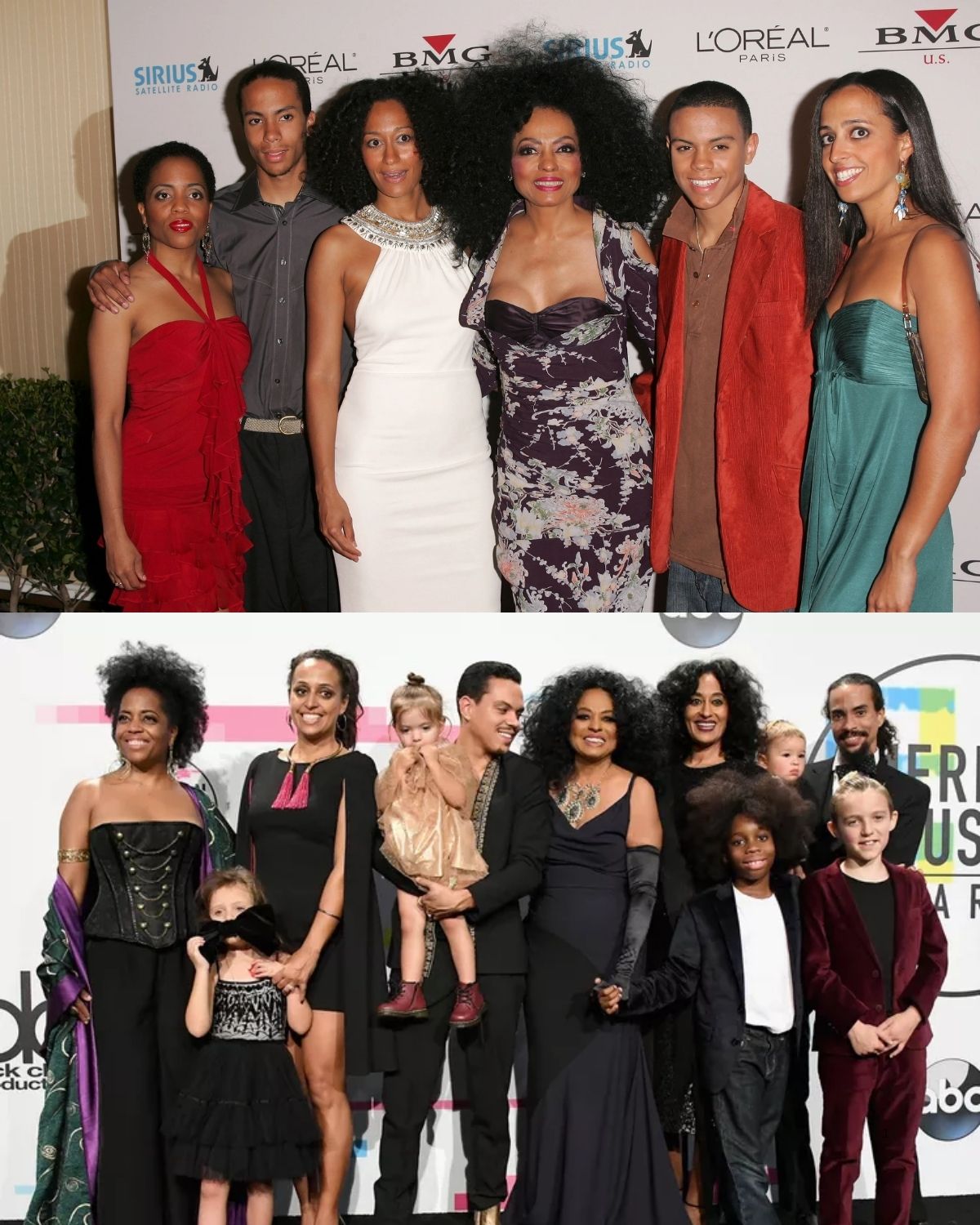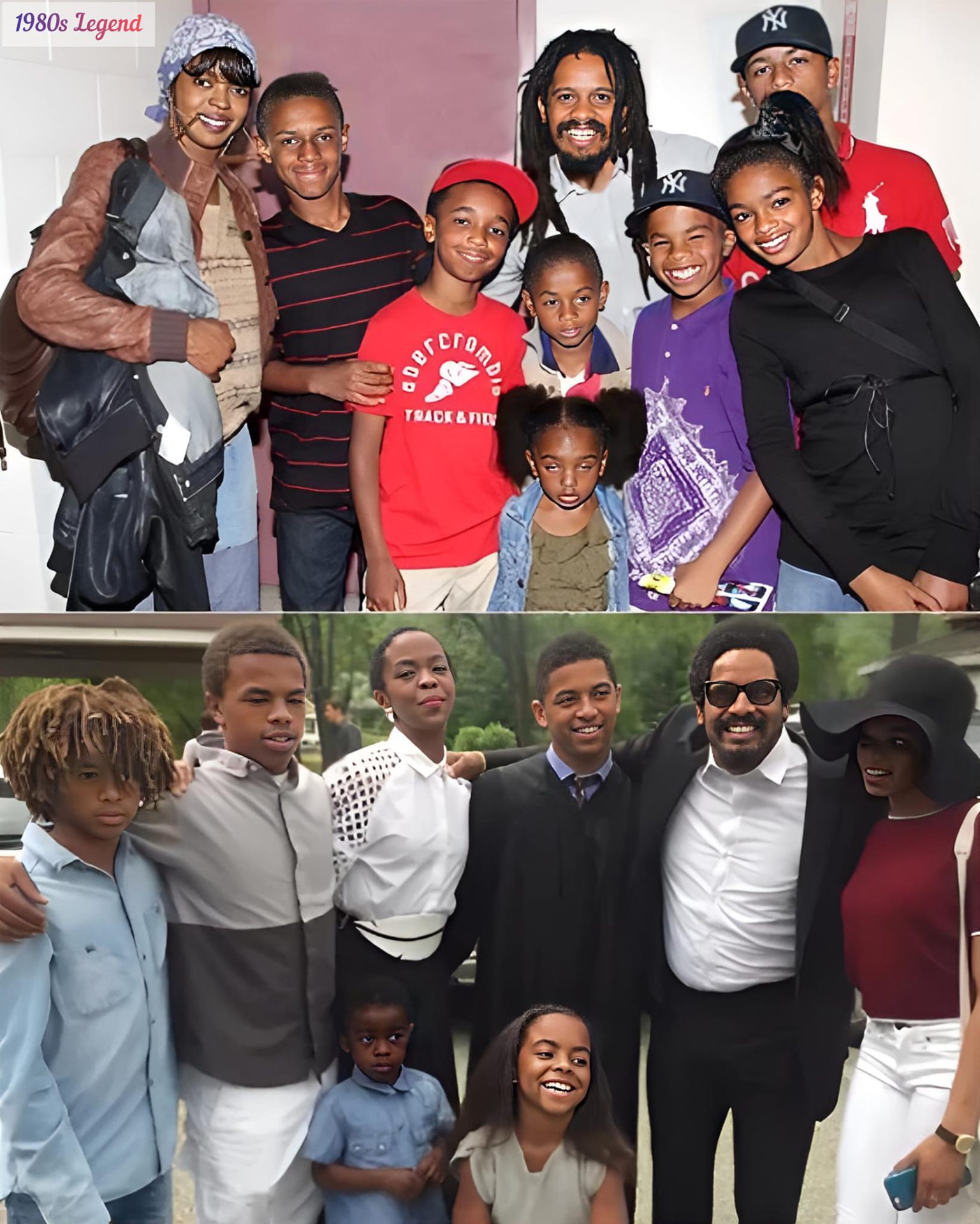That’s what George McLaurin became Oct. 14, 1948, when he began classes at OU: drifting alone, one dark face in a sea of 12,173 white ones.
Oct. 14 was a hopeful moment for McLaurin, the first black student at a previously all-white institution.
“This is a happy day in my life,” he told Sooner Magazine. “If things continue the way they have gone today, I think everything is going to be all right.”
McLaurin fought for admission to OU leading up to that day — when he first applied earlier in 1948, he was denied based on his race. McLaurin went to court with the issue, and in a Sept. 29, 1948, verdict, he was victorious when a federal court ruled that denying him admission was unconstitutional.
The Oklahoma State Regents ordered his admission Oct. 11, 1948, but with this victory, McLaurin was still far from an integrated education — his case was still to undergo another appeal that would not grant him that victory until 1950.
While McLaurin’s exclusion from OU was deemed unconstitutional, segregation at OU was still lawful. Thus, his education at OU was separate and unequal — he learned in a closet looking out over the room where his white classmates sat; he dined at separate tables at separate times; he used a different table in the library to study.
McLaurin, a doctoral student at OU’s College of Education, was not new to the struggles of segregation — at the time he began classes, he was about 61 years old, by the estimates of OU historian David Levy (though Levy said there is contention over McLaurin’s exact age at that point). He had already earned his master’s in education from the University of Kansas and taught at Langston University, Oklahoma’s historically all-black institution, for 33 years.
On OU’s campus, McLaurin’s legacy is being revitalized and uncovered by the very people he fought for.
In 2014, Trey Moore and D’Andre Fisher set out to make OU a better place for young men of color. Moore, now over Oklahoma recruitment for OU’s diversity and enrichment programs, and Fisher, now special assistant to OU Vice President for the University Community Jabar Shumate, began what they then named the Developing Black Males Conference.
“Doing some research, we found out that the statistics for African-American males attending college was very, very low. … We wanted to put together a program that would assist African-American males and would help them attend higher education,” Moore said. “If they attended OU, great — welcome to OU — but we just wanted them to go somewhere.”
The conference, which was held April 28 through April 30, targets young men facing disadvantages in reaching and transitioning into higher education, and it focuses on recruitment, retention and preparation for entering the professional world, Fisher said.
“A lot of our students that attend this conference come from backgrounds that parents may have never went to college, or … even a rural area of Oklahoma or another small town,” Fisher said. “So them having to really transition from high school to college has been the main focus.”
The conference has grown each year, Moore said — its first students are now graduating or transitioning into graduate or law school, and the conference makes it clear that it welcomes young men from outside the African-American community. The conference sparked a companion event for young women, the Sylvia A. Lewis Women’s Leadership Conference, which honors the first African-American to serve on the OU Board of Regents.
And as of 2016, the conference for men bears a new name: the George McLaurin Male Leadership Conference.
“We talk to them about the importance and the history of people like George McLaurin and Dr. (George) Henderson and Sylvia Lewis and Ms. Fisher,” Moore said. “We talk about the significance that people like that have played in the university and letting them know that they’re standing on the shoulders of giants, and George McLaurin and Sylvia Lewis were just two of those giants that they’re standing on the shoulders of.”
 Students attending the George McLaurin Male Leadership Conference listen to a lecture on how to be the MVP of their lives. The conference is named for OU’s first black student, George McLaurin. (Will Conover/The Daily)
Students attending the George McLaurin Male Leadership Conference listen to a lecture on how to be the MVP of their lives. The conference is named for OU’s first black student, George McLaurin. (Will Conover/The Daily)
McLaurin was not the first to make strides in desegregation at OU.
In 1946, a young black student named Ada Lois Sipuel Fisher applied to OU’s all-white law school and was rejected on the basis of race. Sipuel Fisher’s case was taken up by the NAACP in a case headed by Thurgood Marshall (who later became the first African-American Supreme Court justice), but it did not successfully make it through the Supreme Court until 1948.
Although she would not be admitted to OU’s School of Law until 1949, Sipuel Fisher’s case set the precedent for McLaurin’s admission to OU — she won her court case in January 1948, while his first case and the start of his education at the institution took place in September and October of that year.
McLaurin soon followed in Sipuel Fisher’s footsteps when he and the NAACP joined forces to dismantle segregation at OU in 1949.
While there were other black students attempting to challenge segregation at OU (more black students joined McLaurin later in the 1948-1949 school year), the NAACP chose McLaurin to represent its cause “because he was old and married and dignified and always in a suit and tie,” Levy said. McLaurin mitigated racist arguments that black men were attempting to access college campuses to prey on white women.
With McLaurin’s first attempts to challenge discrimination were denied at the state level by the Oklahoma District Court, Marshall brought McLaurin’s case out of the state system and, eventually, up to the Supreme Court.
In McLaurin’s case, the NAACP was attempting a different strategy toward approaching segregation, Levy said. It wanted McLaurin’s case to make clear that although OU might claim to provide “separate but equal” accommodations for black students, education under segregation would never be truly equal — the physical, mental and social restraints of segregation would always hold black students back.
“They made the usual argument, that McLaurin was not being treated equally … but they decided, for the knockout punch, that they wanted the high court to rule that segregation, even when facilities are substantially equal, was unconstitutional,” Levy said.
McLaurin’s case worked in conjunction with another NAACP case at the University of Texas, Sweatt v. Painter, that was attempting to desegregate UT’s law school while proving segregation could never provide equal opportunities for black students. Sweatt’s case, also to be seen before the Supreme Court, would be decided the same day as McLaurin’s.
The reality of McLaurin’s initial victory in admittance to OU was not met with complete hostility on campus. Surveys at the time of McLaurin’s entrance to OU found most students favored admittance of black students but not necessarily desegregation, Levy said.
“On campus, there was substantial support for integration,” Levy said. “There were some surveys done — none of them terribly scientifically — but in general, the results seemed to be that probably more than half the students favored admitting blacks.”
While he certainly faced opposition at OU, McLaurin’s segregation was not necessarily OU’s choice. Administrators caught fostering a desegregated learning environment could be fined up to $100 by the state and charged with a separate crime each day they allowed the situation to continue, Levy said. Teachers and students faced a $50 and a $20 fine, respectively, as well as daily charges for allowing the same situation.
Civil rights pioneers at OU
George McLaurin: McLaurin was the first African-American to enroll at OU, starting school in Oct. 1948 after a victory in federal court. A retired professor, McLaurin never finished his degree at OU, but his legacy lives on at OU as the namesake of an annual conference for male minority high school students.

Ada Lois Sipuel Fisher: Fisher applied to OU’s law school in 1946 but was denied admission because of her race. She, like McLaurin, went to court with the help of the NAACP and eventually achieved victory in the U.S. Supreme Court. She was able to enroll at OU in 1949 and graduated in 1951. In 1992, she was appointed to the OU Board of Regents.

Prentice Gautt: Gautt became the first African-American football player at OU in 1956. He was a three-year letter winner for OU from 1957-59, earning Orange Bowl MVP honors in 1959 and was named an Academic All-American. After a pro career, he earned a Ph.D. in psychology from the University of Missouri in 1979 and worked for the Big 8 and Big 12 conferences. He received an honorary doctorate from OU in 2003 and died in 2005.
Melvin Tolson: Tolson was the first full-time African-American faculty member at OU. The son of a well-regarded poet, Tolson was the first African-American to receive a graduate degree from Oklahoma State University. He joined the OU faculty in 1959 and taught French for 31 years.
George Henderson: Henderson came to OU as a faculty member in 1967 and became the first African-American man to own a house in Norman. He founded OU’s Human Relations program in 1969 and never left OU. He was inducted into the Oklahoma Hall of Fame in 2003 and is currently a professor emeritus.
Look around the room that was once Carnegie Hall, room 104 — the closet where George McLaurin was made to sit separately from his peers. Today, the same space is an office.

OU’s president at the time, George Lynn Cross, most certainly supported desegregation and was known as an ally to the NAACP, Levy said.
“I knew Cross quite well, and there’s no doubt that he favored integration,” Levy said.
McLaurin’s other support system came from his family, in which he was not the only trailblazer in education. In fact, his wife Peninah McLaurin attempted to gain entrance to OU more than 20 years before he did in 1923, according to her obituary from The Oklahoman.
While denied that opportunity, Peninah McLaurin’s obituary describes her as the “guiding force” behind her husband’s eventual push for equality at OU, and “part of a husband-wife team credited with overcoming segregation in Oklahoma’s higher education with a supreme court ruling.”
Regardless of the forces that upheld him through it, McLaurin’s endurance of institutional segregation at OU ended June 5, 1950, when Chief Justice Fred Vinson read a decision declaring that the constraints of segregation governing McLaurin at OU “deprive him of his personal and present right to the equal protection of the laws.”
“Those who will come under his guidance and influence must be directly affected by the education he receives. Their own education and development will necessarily suffer to the extent that his training is unequal to that of his classmates. State-imposed restrictions which produce such inequalities cannot be sustained,” Vinson wrote in the court’s decision.
In this final appeal of his case, the Supreme Court ruled McLaurin must receive the same treatment — not just “equal” treatment — as his peers at OU.
The same day, Sweatt’s case received the same verdict: Heman Sweatt could not receive an equal education at the separate law school UT had provided him. In 1950, Sweatt would finally be admitted to the University of Texas’ School of Law.
George McLaurin’s legacy was set, and the significance of his and Sweatt’s cases were not soon to be lost. In fact, these cases set the scene for the landmark decision that came four years later.
In 1954, the Supreme Court struck down institutional segregation in education as unconstitutional with its Brown v. Board of Education of Topeka decision, a verdict that reversed a precedent set in 1896 with Plessy v. Ferguson.
McLaurin and Sweatt’s cases were the halfway mark to the success of Brown v. Board, Levy said. While McLaurin’s verdict and the similar verdict in the Sweatt case worked toward desegregating higher education, the fight to desegregate primary and secondary schools and to declare segregation unconstitutional would be longer and more complex, Levy said.
“Once you say things like you said in Sweatt and in McLaurin, it’s hard to see how any segregated arrangement could stand a constitutional test,” Levy said.
“If you don’t understand or know your history, you can’t appreciate how you got to where you are and what the significance of it is.”
— George Henderson, professor emeritus
Today, the first black student at OU remains lost to history in many ways.
After McLaurin’s 1950 Supreme Court victory, he dropped his pursuit of his education — he disappears from OU’s yearbooks, only to be found among the graduate student pages from the 1949 and 1950 school years.
Peninah McLaurin did carry on the family name at OU — according to her obituary, she received her master’s in home economics from OU in 1954. While McLaurin’s immediate family and its accomplishments were well-documented, The Daily was unable to locate any surviving relatives.
Historical figures and their significance can often be forgotten by those for whom they led the way, Henderson said. McLaurin’s presence in the minds of current OU students and faculty is no exception.
“If you don’t understand or know your history, you can’t appreciate how you got to where you are and what the significance of it is. … Too few of my colleagues know the history of the University of Oklahoma in terms of race,” Henderson said.
McLaurin’s motives for involvement in his court case are also unknown — was it for personal satisfaction or for the sake of black students to come that George McLaurin endured so much for desegregation?
To Henderson, the answer is clear: The case was not just a way for McLaurin to leave a legacy — it was a victory in a war he had been fighting his entire life.
“Sixty years of somebody telling him, ‘You can’t and shouldn’t do that,’ and I don’t know how many years when he finally said to himself, ‘I should at least try, and have the opportunity to try — whether I succeed or fail, doggone it, I should at least have the opportunity to try,’” Henderson said.
Relatives of the McLaurins
The Daily could not locate any surviving relatives of George McLaurin for this story. If you or someone you know is related to McLaurin and you would like to be involved in this story, please write to us.
 George McLaurin’s seat in Carnegie 104. McLaurin was the first African-American student admitted to OU.
George McLaurin’s seat in Carnegie 104. McLaurin was the first African-American student admitted to OU.
Along with the conference named in his memory, McLaurin has another monument to his memory coming to campus.
In the University Community Center, part of the repurposed Sigma Alpha Epsilon house, the George McLaurin and Sylvia A. Lewis Lounge will soon open.
McLaurin’s portrait and biography will hang on the lounge wall, Fisher said.
OU trailblazers like McLaurin and Sylvia Lewis are crucial to the memories of today’s minority students, Moore said.
Moore said keeping McLaurin’s name alive at OU is his way of honoring the sacrifices McLaurin made and the barriers he broke through.
“All the sacrifices he went through, the names he was probably called, the long nights up studying — just all the things he probably had to go through, his family probably had to go through … it’s my way of paying him back,” Moore said.





